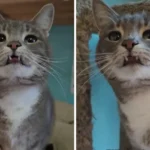Pack Hunters or Solitary Predators? The Rancho La Brea Mystery

When paleontologists first started digging up fossilized remains at the famous Rancho La Brea tar pits in Los Angeles, they found something puzzling. Thousands of saber-toothed cat bones were preserved together, far more than what you’d expect from solitary hunters. These weren’t just random accumulations either – the fossils showed a fascinating pattern.
The sheer number of Smilodon fatalis specimens found together suggests these magnificent predators might have lived and hunted in groups. Think about it: if they were lone wolves like modern tigers, finding so many in one place would be nearly impossible. The tar pits became a natural time capsule, preserving evidence of their social behavior for us to discover 10,000 years later.
Cooperative Parenting Left Its Mark in Ancient Bones

Fossil evidence reveals something remarkable about saber-toothed cat family dynamics. Juvenile remains found alongside adult specimens show clear signs of extended care and protection. These young cats stayed with their families much longer than modern felines, suggesting complex social structures.
The dental development patterns in fossilized skulls tell an incredible story. Young saber-toothed cats didn’t develop their iconic fangs until they were nearly full-grown, meaning they relied heavily on their parents for food and protection. This extended dependency period indicates a sophisticated social system where adults worked together to raise the next generation.
Injury Patterns Tell Stories of Mutual Care

Perhaps the most touching evidence of saber-toothed cat social behavior comes from studying their injuries. Fossils show individuals with healed broken bones, severe wounds, and other disabilities that would have been fatal for a solitary predator. Yet these cats survived, thrived, and lived long lives despite their handicaps.
One particularly famous specimen from the La Brea collection shows a Smilodon with a severely damaged hip joint that had completely healed over. This cat couldn’t have hunted effectively on its own, which means its pack must have provided food and protection. It’s a 40,000-year-old story of compassion that rivals anything we see in modern social animals.
Territorial Markings Preserved in Ancient Dens

Recent excavations have uncovered what appear to be communal den sites used by multiple saber-toothed cat families. These aren’t just random caves – they show clear evidence of territorial behavior and social organization. Scratch marks on cave walls and wear patterns on stone surfaces suggest these spaces were actively maintained and defended.
The arrangement of these den sites reveals a complex social hierarchy. Larger, more protected caves were likely occupied by dominant individuals, while smaller satellite dens housed younger or subordinate pack members. This kind of territorial organization requires sophisticated communication and social rules that challenge our assumptions about prehistoric predator behavior.
Hunting Strategies Written in Tooth and Claw
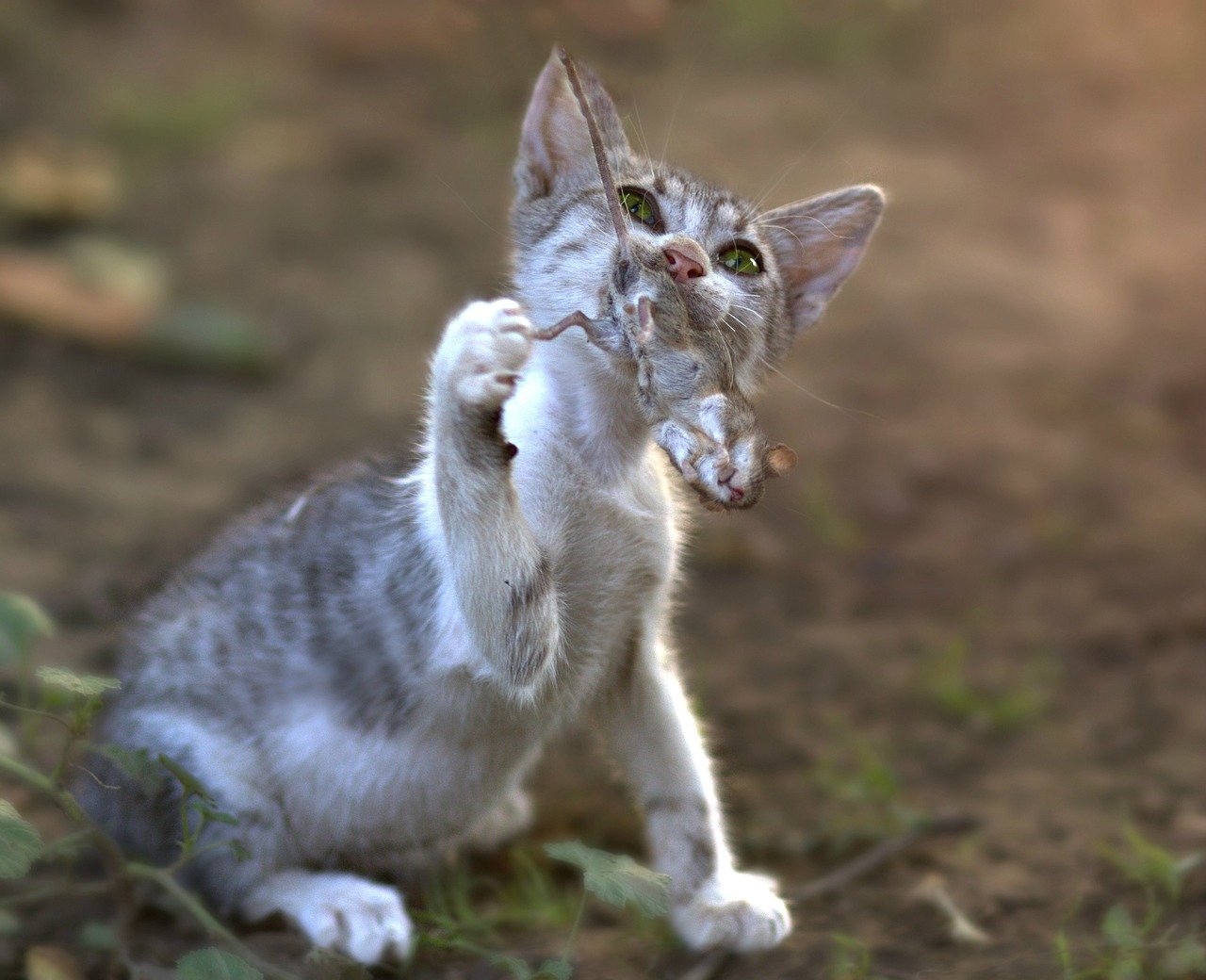
The wear patterns on fossilized saber teeth provide fascinating clues about how these cats hunted together. Unlike modern big cats that rely on suffocation, saber-toothed cats used their massive canines to deliver precise, devastating bites to major blood vessels. This hunting style would have been incredibly dangerous for a solitary predator.
Evidence suggests they employed coordinated pack hunting tactics similar to modern wolves. Multiple cats would work together to bring down massive prey like giant ground sloths or woolly mammoths. The success of this strategy depended entirely on cooperation, timing, and trust between pack members – qualities that require strong social bonds to develop.
Communication Systems Beyond Modern Understanding

Fossilized hyoid bones – the structures that support the throat and tongue – reveal that saber-toothed cats possessed sophisticated vocal capabilities. These bones show adaptations for complex sound production that goes far beyond the simple roars and growls we associate with big cats today.
Some scientists believe these cats could produce a range of calls for different social situations: hunting signals, territorial warnings, and even what might have been primitive “names” for individual pack members. The diversity of vocal structures found in different species suggests they developed unique communication dialects based on their specific social needs.
Fossil Nurseries Reveal Extended Family Networks

Excavations in South America have uncovered what can only be described as prehistoric nurseries – cave systems where multiple female saber-toothed cats raised their young together. These communal child-rearing sites show evidence of shared parenting responsibilities that lasted for years, not months.
The arrangement of juvenile remains and adult fossils in these sites tells a story of cooperation that extends far beyond the nuclear family. Aunts, sisters, and possibly even unrelated females worked together to protect and educate the next generation. This kind of extended family network requires a level of social sophistication that rivals modern elephant herds.
Seasonal Migration Patterns Locked in Stone

Isotope analysis of saber-toothed cat teeth has revealed something extraordinary about their social organization. These cats followed complex seasonal migration patterns that required incredible coordination between multiple family groups. The chemical signatures in their fossilized teeth show they traveled hundreds of miles together, following prey herds across ancient landscapes.
This kind of long-distance group movement requires leadership, communication, and shared decision-making that goes far beyond simple pack behavior. It suggests these cats had developed cultural traditions – passed down through generations – about when and where to migrate for the best hunting opportunities.
Ancient Grieving Rituals Preserved in Fossil Beds
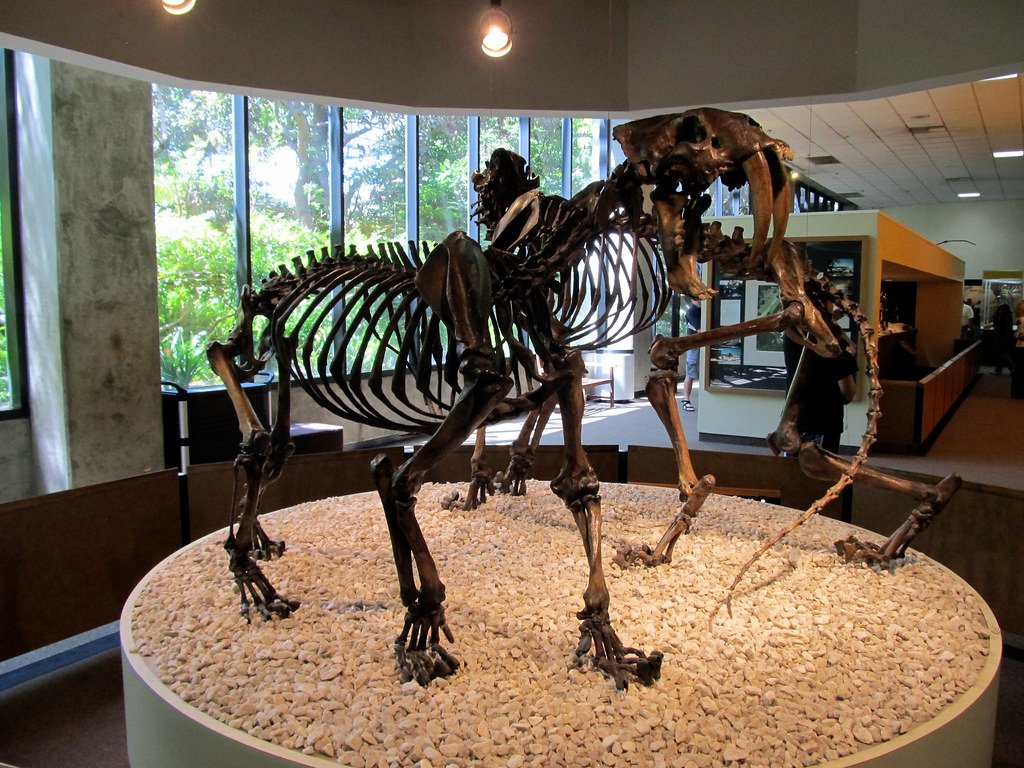
One of the most emotionally powerful discoveries in saber-toothed cat paleontology comes from sites where deceased pack members appear to have been deliberately arranged or protected by their surviving family. These aren’t random burial sites – they show clear evidence of intentional behavior that suggests these cats experienced grief and loss much like modern elephants.
Fossilized remains found in protected cave alcoves, sometimes covered with stones or arranged in specific patterns, indicate that surviving pack members took time to honor their dead. This behavior requires not just emotional intelligence but also abstract thinking about death and memory that challenges our understanding of prehistoric animal cognition.
Conflict Resolution Etched in Ancient Bones
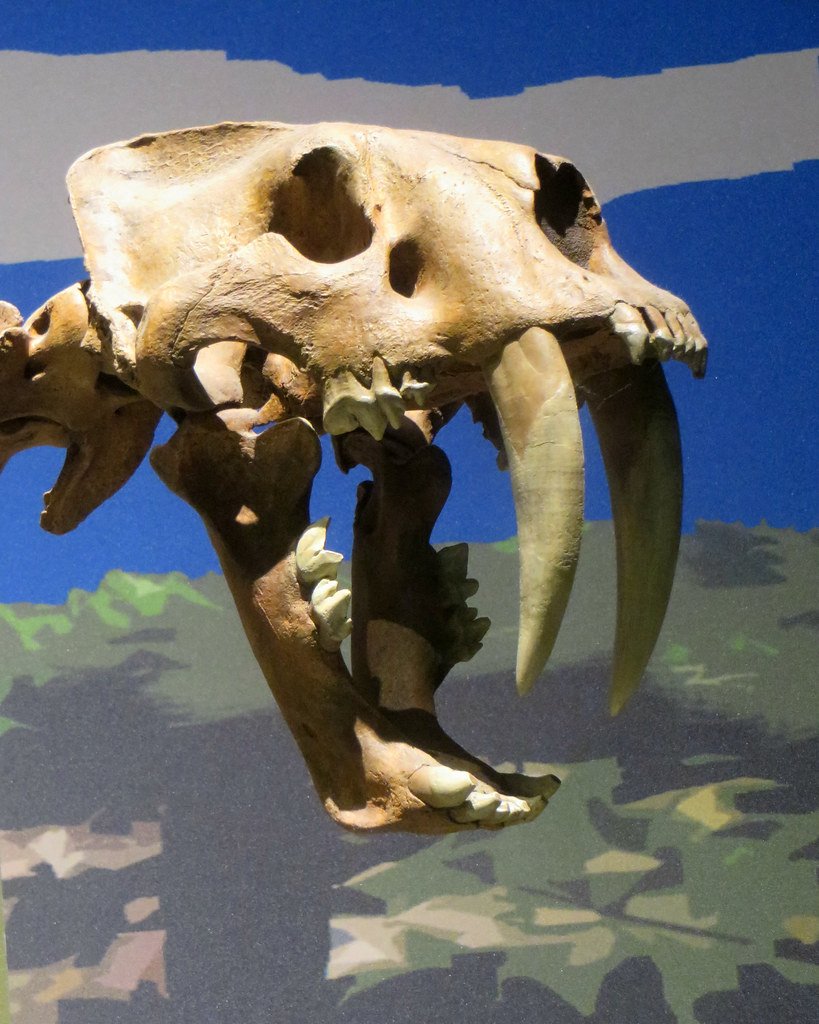
Not all social interactions were peaceful, and fossil evidence reveals sophisticated systems for resolving conflicts within saber-toothed cat communities. Bite marks on bones show specific patterns that suggest ritualized combat rather than deadly fights. These cats developed ways to establish dominance without destroying their pack structure.
The positioning and angle of these bite marks indicate they were inflicted during controlled confrontations, similar to the ritualized fighting we see in modern wolves. This kind of conflict resolution requires social rules and the ability to show restraint – qualities that point to highly developed emotional intelligence and community bonds.
Tool Use and Cultural Innovation

Recent discoveries have uncovered evidence that some saber-toothed cat populations used modified stones and bones as tools for specific tasks. These aren’t random objects – they show clear signs of intentional shaping and repeated use for activities like cracking open bones or digging den sites.
What makes this discovery truly remarkable is that different geographic populations developed different tool traditions. Saber-toothed cats in one region might prefer certain types of stones, while those in another area developed completely different techniques. This suggests cultural learning and innovation that was passed down through generations within specific communities.
Artistic Expression in Cave Markings
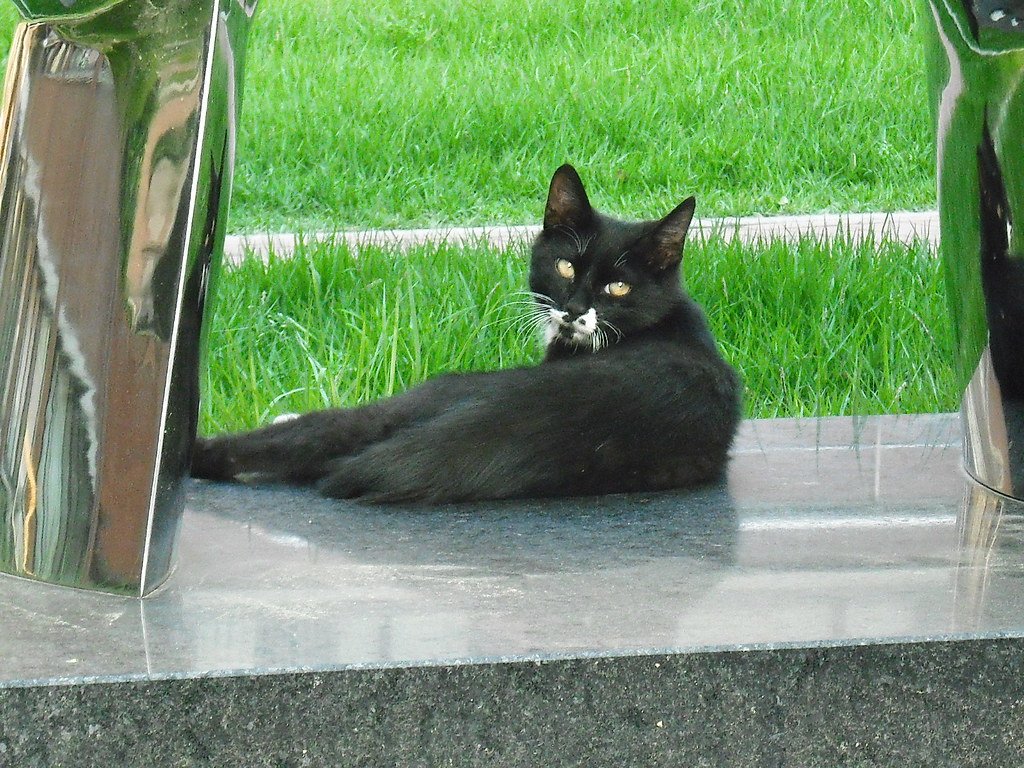
Some of the most intriguing evidence of saber-toothed cat social complexity comes from cave sites where their claw marks appear to go beyond simple territorial marking. These markings show patterns and repetitions that suggest intentional artistic expression or symbolic communication.
While we can’t know for certain what these patterns meant to their creators, the deliberate nature of the markings indicates abstract thinking and possibly aesthetic appreciation. The fact that these patterns appear in social gathering sites rather than hunting territories suggests they played a role in community bonding or cultural identity.
Inter-Species Relationships and Unexpected Alliances

Fossil evidence from several sites reveals that saber-toothed cats sometimes formed unexpected relationships with other species. Remains of dire wolves, cave bears, and even early human ancestors have been found in association with saber-toothed cat family groups, suggesting complex inter-species social dynamics.
These relationships weren’t always competitive – some evidence points to mutual benefit arrangements where different species shared resources or protection. This kind of cross-species cooperation requires sophisticated social intelligence and the ability to recognize and respond to the needs of completely different types of animals.
The End of an Era: Final Fossil Testimonies

The last saber-toothed cat fossils tell a poignant story of a species struggling to maintain their social bonds in the face of environmental change. As their prey disappeared and climate shifted, these magnificent predators faced impossible choices between survival and loyalty to their pack members.
Final fossil assemblages show families that stayed together until the very end, suggesting that their social bonds were stronger than individual survival instincts. These last testimonies of a vanished world remind us that intelligence, emotion, and social complexity existed in forms we’re only beginning to understand.
What Modern Science Reveals About Ancient Hearts
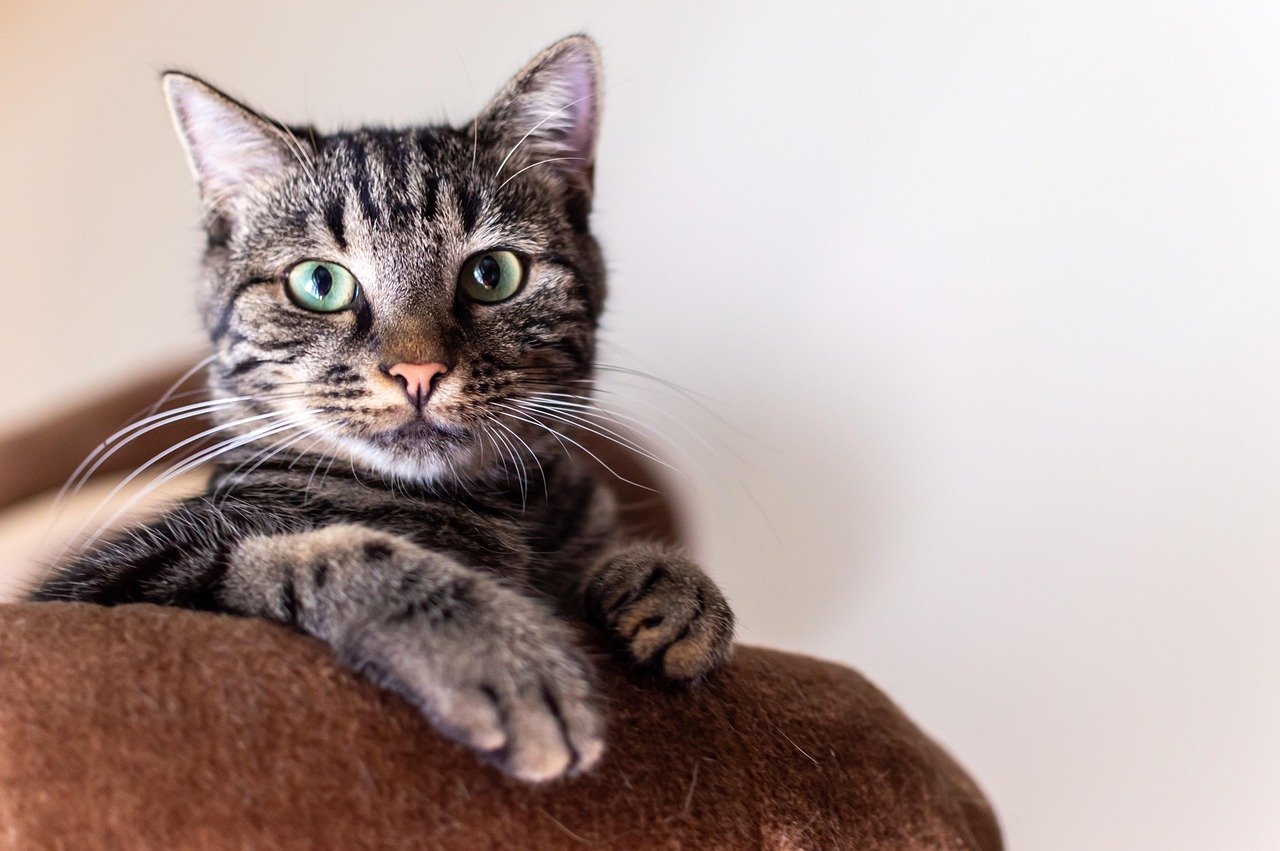
Advanced imaging techniques and chemical analysis of fossilized brain cases have revealed that saber-toothed cats possessed enlarged areas associated with social cognition and emotional processing. Their brains show adaptations for complex social reasoning that rival those of modern primates.
These discoveries force us to reconsider what we think we know about prehistoric intelligence and emotion. The evidence suggests that 40,000 years ago, saber-toothed cats were living rich, complex social lives filled with relationships, conflicts, cooperation, and perhaps even love in ways that would be recognizable to us today.
Legacy in Stone: What We’re Still Learning

Every new fossil discovery adds another piece to the puzzle of saber-toothed cat social behavior. Recent finds continue to challenge our assumptions and reveal new aspects of their complex communities. From evidence of long-distance communication systems to possible religious or spiritual practices, these ancient cats left behind a record of social sophistication that we’re only beginning to decode.
The story preserved in stone speaks to something fundamental about intelligence and social connection that transcends species and time. These weren’t just efficient killing machines – they were complex beings who lived, loved, and looked out for each other in ways that echo through the millennia. What other secrets might be waiting in the next fossil bed we uncover?
Hi, I’m Bola, a passionate writer and creative strategist with a knack for crafting compelling content that educates, inspires, and connects. Over the years, I’ve honed my skills across various writing fields, including content creation, copywriting, online course development, and video scriptwriting.
When I’m not at my desk, you’ll find me exploring new ideas, reading books, or brainstorming creative ways to solve challenges. I believe that words have the power to transform, and I’m here to help you leverage that power for success.
Thanks for stopping by, Keep coming to this website to checkout new articles form me. You’d always love it!



